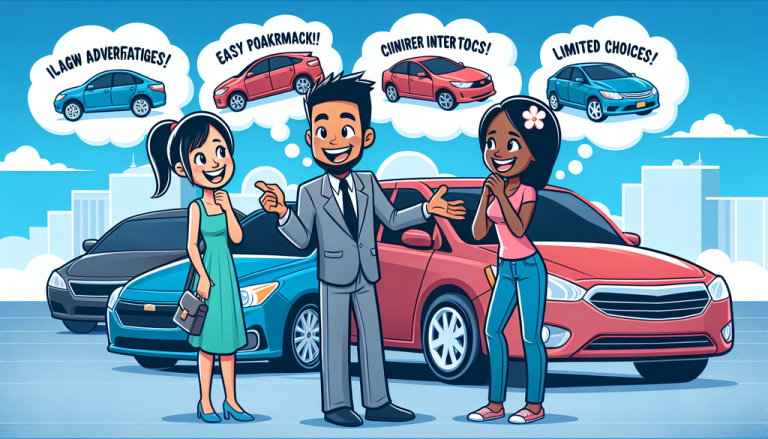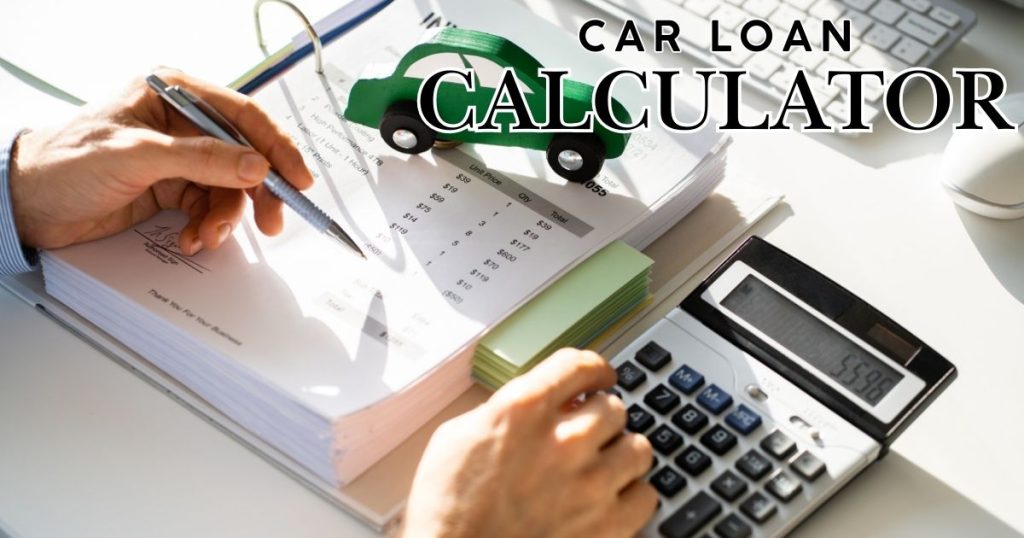Picture this: You’re standing in a car dealership, surrounded by shiny vehicles, and the finance manager slides a detailed loan proposal across the desk. Your heart races with excitement and a hint of anxiety. Dealer financing can be a game-changer in your car buying journey, but it’s not a one-size-fits-all solution.
Decoding Dealer Financing: What You Need to Know
Dealer financing isn’t just a transaction—it’s a strategic financial decision that can significantly impact your wallet. Unlike traditional bank loans, dealer financing offers a unique blend of convenience and potential savings that many buyers overlook.
How Dealer Financing Actually Works
Dealerships partner with multiple financial institutions to provide loan options directly at the point of sale. They act as intermediaries, negotiating rates and terms on your behalf, which can sometimes result in more competitive packages than you might secure independently.
The Bright Side: Advantages of Dealer Financing
1. One-Stop Convenience
Imagine completing your entire car purchase—vehicle selection, trade-in, and financing—in a single location. Dealer financing eliminates the need to shop around multiple banks, saving you precious time and reducing administrative hassle.
2. Potential Special Promotions
Manufacturers often provide exclusive financing deals through their dealership networks. These can include:
- Zero percent interest rates
- Reduced down payment requirements
- Extended warranty options
3. Flexible Credit Options
Dealers work with diverse lenders, which means they can often find financing solutions for buyers with varying credit profiles—from excellent to challenged credit histories.
Potential Pitfalls: What to Watch Out For
1. Higher Interest Rates
While convenient, dealer-arranged financing can sometimes carry higher interest rates compared to credit unions or online lenders. The markup compensates for the dealership’s role in facilitating the loan.
2. Complex Negotiation Dynamics
Dealers might bundle various components—vehicle price, trade-in value, and financing terms—making it challenging to understand the true cost of your purchase.
| Financing Source | Average Interest Rate | Flexibility |
|---|---|---|
| Dealer Financing | 4.5% – 7.5% | Medium |
| Credit Union | 3.5% – 6% | High |
| Online Lenders | 4% – 7% | High |
Pro Tips: Navigating Dealer Financing Like a Savvy Buyer
- Check your credit score before negotiations
- Get pre-approved by external lenders for comparison
- Read the fine print carefully
- Negotiate the total cost, not just monthly payments
Final Thoughts: Your Financial Journey
Dealer financing isn’t inherently good or bad—it’s a tool. Your job is to understand its nuances, compare options, and make an informed decision that aligns with your financial goals.
Remember, the right financing can transform a simple car purchase into a smart financial strategy. Stay informed, ask questions, and trust your research.



